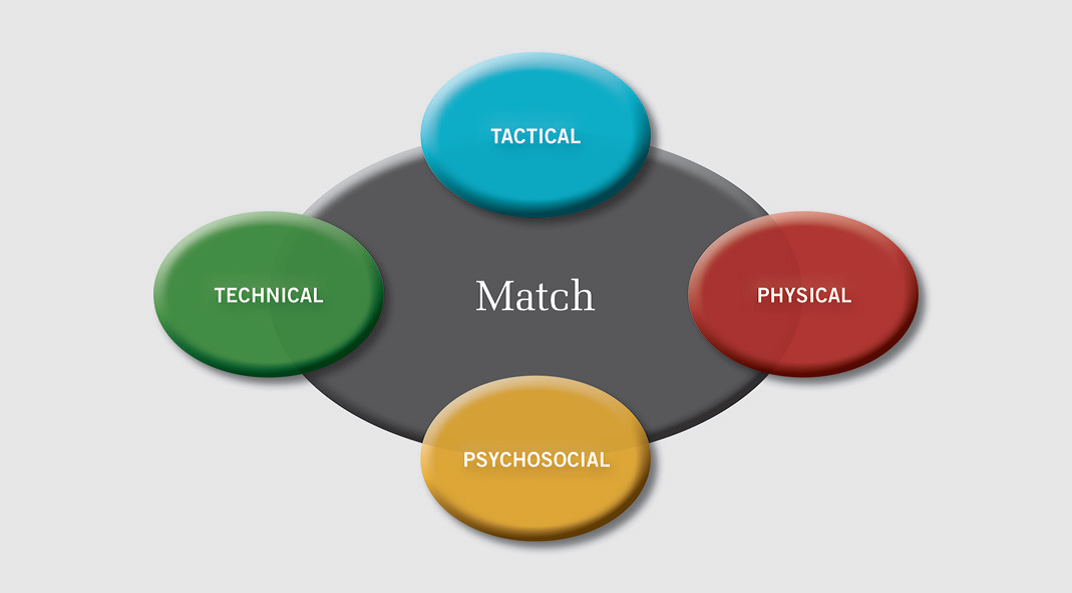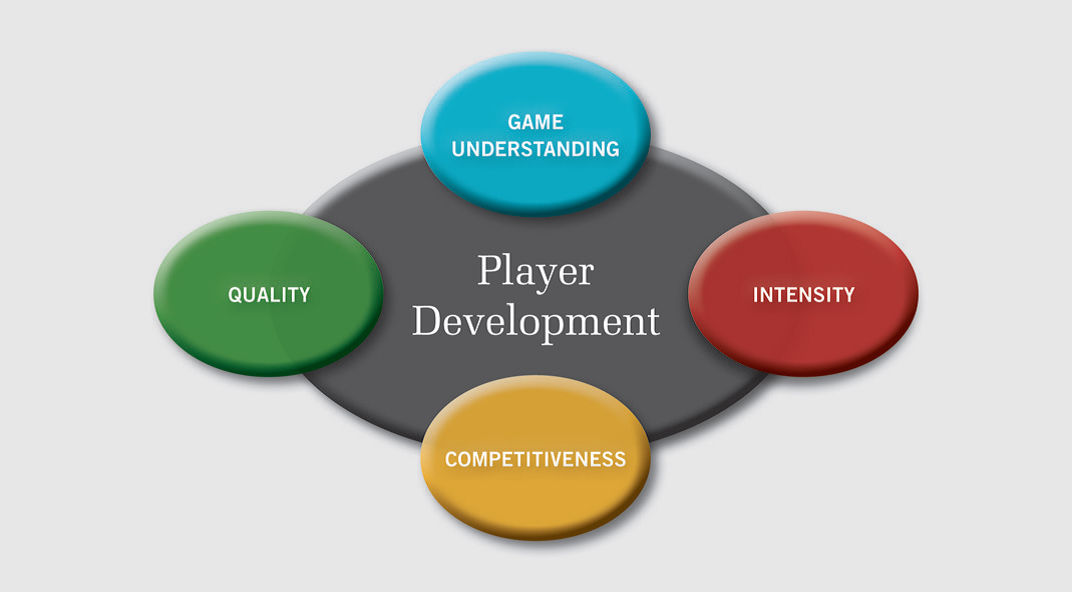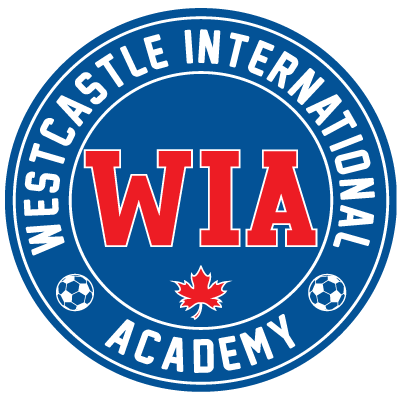Player Development
The Match
The objective of training sessions is to prepare players for the competition, the match. The match shows the tactical, technical, physical, and psychosocial development of the player.

Four Key Components
1. TACTICAL
This component helps the player fit into the team. Our aim is to create clever players, capable of adapting to the constantly changing circumstances of the game.
2. TECHNICAL
All players in the team have to be individually competent and proficient in the most important skills for each position.
3. PHYSICAL
Strong and resilient players will provide a significant advantage to the team. A tired player will struggle to think properly and is prone to commit more errors.
4. PSYCHOSOCIAL
The human being is often affected by his/her emotions. We will train the players to use these emotions to their advantage and turn them into strengths and not weaknesses.
Four Complementary Components
The four complementary components below are interrelated with the four key components in soccer. Developing these components in training is essential to creating the best environment for players to develop

1. GAME UNDERSTANDING
This component is related to the TACTICAL side of the game. Developing vision and game awareness is crucial from an early age. In soccer, one action is never repeated in exactly the same way and game situations change constantly. Collective practices and experience in different game situations aid the player by improving his/her knowledge of the game
2. QUALITY
This component is related to the TECHNICAL side of the game. A quality touch of the ball is indispensable to the tactical side of game efficiency. Technique in soccer allows for great diversity; therefore, repeating specific technical actions in a game context provides the player with a wide range of technical movements. Coaches will insist on a clean touch on the ball as well as quality technique
3. INTENSITY
This component is related to the PHYSICAL side of the game. Practices must be performed at game intensity. Short working periods of high intensity develop the technical quality and the quick, tactical decision-making, required in the game. Reproducing game intensity during training sessions is essential to the improvement of the different types of speed and endurance
4. COMPETITIVENESS
This component is related to the PSYCHOSOCIAL part of the game. Opposed and high-intensity practices are essential in the development of high-quality and competitive players. Developing committed and competitive players from an early age is an indispensable aspect in the creation of successful teams











